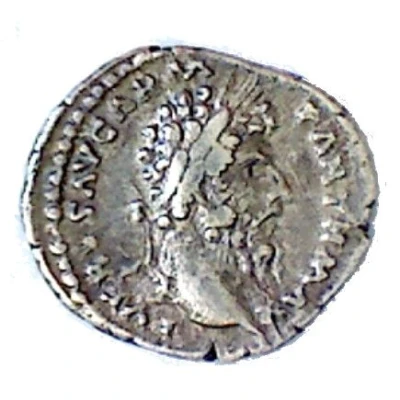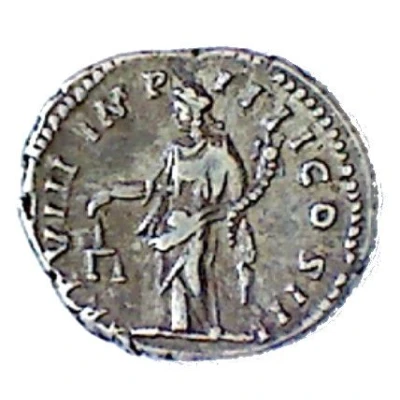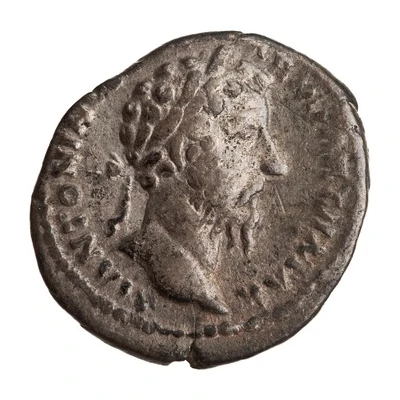


© Patrick Bedouet
Denarius - Lucius Verus TR P VIII IMP IIII COS III; Aequitas
| Silver | 3.2 g | 18.5 mm |
| Issuer | Rome › Roman Empire (27 BC - 395 AD) |
|---|---|
| Emperor | Marcus Aurelius (Marcus Aurelius Antoninus) (161-180) |
| Type | Standard circulation coin |
| Years | 167-168 |
| Value | 1 Denarius |
| Currency | Denarius, Reform of Augustus (27 BC – AD 215) |
| Composition | Silver |
| Weight | 3.2 g |
| Diameter | 18.5 mm |
| Shape | Round (irregular) |
| Technique | Hammered |
| Orientation | Variable alignment ↺ |
| Demonetized | Yes |
| Updated | 2024-10-05 |
| Numista | N#263252 |
|---|---|
| Rarity index | 92% |
Reverse
Aequitas, draped, standing front, head left, holding scales in extended right hand and cornucopiae in left hand.
Script: Latin
Lettering: TR P VIII IMP IIII COS III
Translation:
Tribunicia Potestate Octava, Imperator Quartum, Consul Tertium.
Holder of tribunician power for the eighth time, supreme commander (Imperator) for the fourth time, consul for the third time.
Comment
Mass varies: 2.72–3.48 g;Diameter varies: 18.22–19 mm;
Example of this type:
Münzkabinett der Universität Göttingen
Source:
Online Coins of the Roman Empire (OCRE)
Interesting fact
The Denarius coin featuring Lucius Verus, who ruled the Roman Empire from 161 to 169 AD, is notable for its depiction of the goddess Aequitas on the reverse side. Aequitas was the goddess of fairness, justice, and equality, and her image on the coin symbolized the Roman Empire's commitment to upholding these values. This coin was minted during a time when the Roman Empire was facing numerous challenges, including wars with Parthia and Germanic tribes, and the spread of diseases like the plague. Despite these challenges, the coin's message of fairness and justice reflects the ideals that the Roman Empire aimed to uphold during this time.

